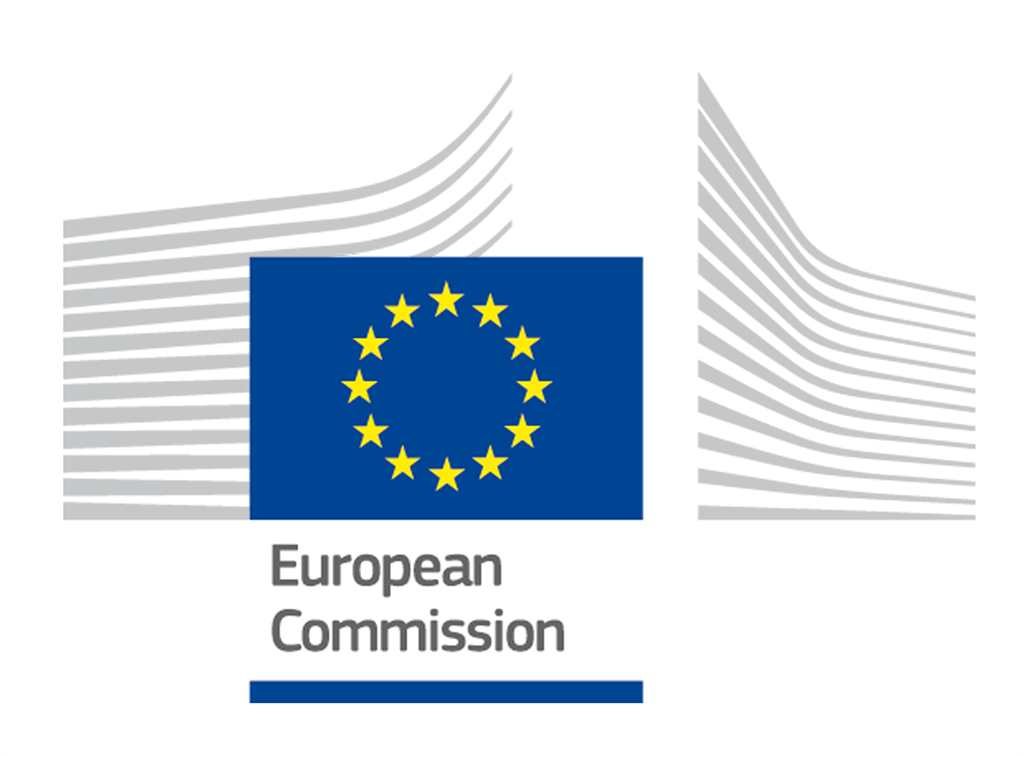Community / Land projects / Sustainable Management of Natural Resources towards Rehabilitation and Preservation of the Key Biodiversity Ar
Sustainable Management of Natural Resources towards Rehabilitation and Preservation of the Key Biodiversity Ar

€2382283.671
02/22 - 02/22
Concluído
This project is part of
Implementing Organisations
Donors
Data Providers
Objectives
To mainstream biodiversity and sustainable land management in and around key biodiversity areas along Bataan province to Manila Bay while improving secure and diversified local livelihoods.
Other
Note: Disbursement data provided is cumulative and covers disbursement made by the project Agency.
Target Groups
284. The project will generate important socio-economic benefits, including benefits for COVID-19 recovery and climate resilience, at local level in the communities of Bataan. First, it will capacitate at least 830 farmers and fisherfolk (at least 47% women[1]), including Indigenous Peoples (IPs) to practice sustainable natural resource management, biodiversity-friendly agriculture (including forestry, fisheries, agroforestry) and restoration. The project will strengthen or newly create at least five new POs practicing biodiversity-friendly livelihoods, of which at least one is a women’s group or youth group, and at least one IP group. The project livelihood and value chain interventions are expected to result in at least 1,710 beneficiaries (50% women, at least 260IPs), contributing to COVID-19 recovery and leading to an anticipated 10% increase in income from diversified sustainable livelihoods by participating households. Finally, the project will benefit 100 farmers (50% women, at least 20 IPs) in the selected project sites that practice soil and water conservation measures. It will also reach 9,750 stakeholders (50% women) of Bataan Province by project knowledge management and communications activities. Through these interventions, the project will promote green recovery/green jobs such as in ecotourism enterprises, agroforestry product marketing, and forest carbon incentive schemes. This will contribute to full and productive employment and decent work in rural areas, aiming at the progressive realization of local peoples’ right to Decent Rural Employment.[2]285. The project will contribute to the development of Biodiversity-Friendly Enterprises (BDFE). This initiative is guided by DenR Department Administrative Order 2021-13 or the Guidelines for the Development and Recognition of Biodiversity Friendly Enterprises (BDFEs) in Protected Areas under the National Integrated Protected Area System (NIPAS) and Conservation Areas Providing for Incentives and Mechanisms, and DenR-BMB Technical Bulletin No. 2017-11 or the Guidelines in the Identification and Recognition of Biodiversity Friendly Enterprise (BDFE). This strategy/initiative promotes non-destructive livelihood activities among the local communities to minimize their dependence on unsustainable resource extraction-based sources of livelihood. Instead, the initiative is linked to sustainable land and resource use as well as in promoting conservation of resources which is given priority, including ecotourism and the introduction of sustainable agricultural technologies in upland farming communities.286. These socio-economic benefits are expected to translate into global environmental benefits in over 3,800ha of landscapes and seascapes under biodiversity-friendly agriculture, forest and fisheries management practices that reduce threats to biodiversity and minimize land degradation. Agro-ecosystem services that help sustain food production and local livelihoods will be maintained or enhanced. Sustainable agriculture, agroforestry, fisheries, and aquaculture within the upland farms and coastal areas of Bataan can supplement crop yields ensuring food availability and additional income for the local communities.287. At the provincial and national level, the project will train 250 staff (50% women) of DenR and provincial and municipal LGUs in watershed hydrology or land degradation assessments or coastal management strategies; in harmonization and biodiversity/SLM mainstreaming; and in biodiversity monitoring systems.288. Please also refer to the Gender Action Plan in Section 3. Gender Equality and Women’s Empowerment.[1] Note: The 47% women results from the greater number of men than women among fisherfolk, which are predominantly men. Generally, the project applies a percentage of 50% women beneficiaries.[2] For more information on FAO’s work on decent rural employment and related guidance materials please consult the FAO thematic website at: http://www.fao.org/rural-employment/en/.



